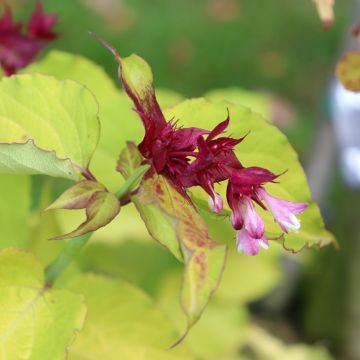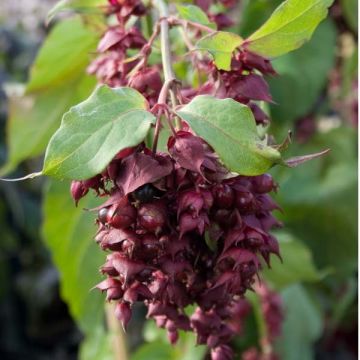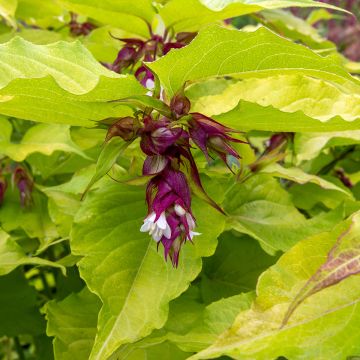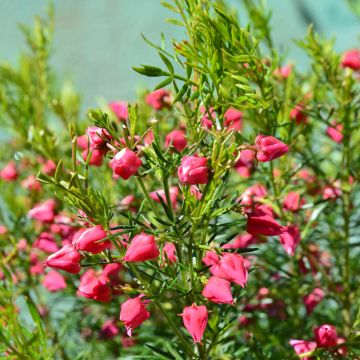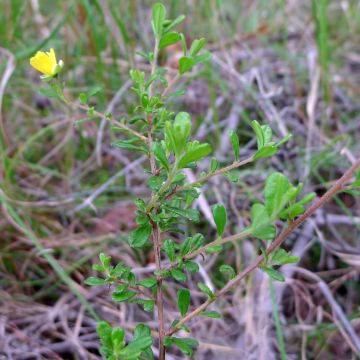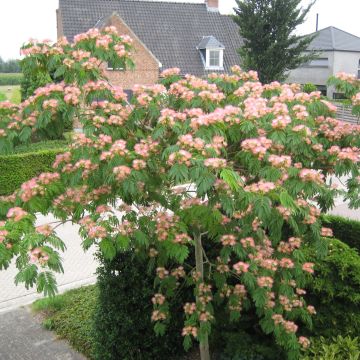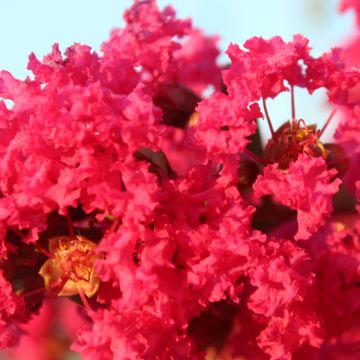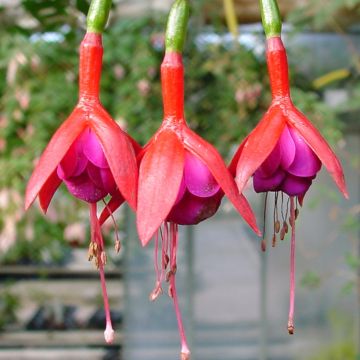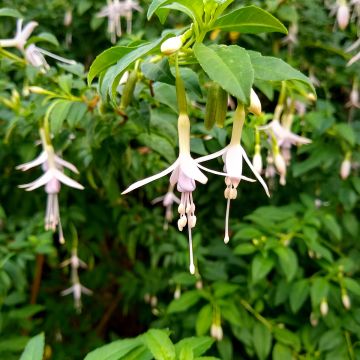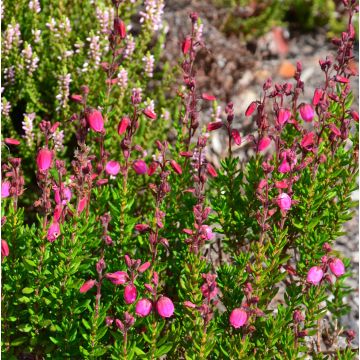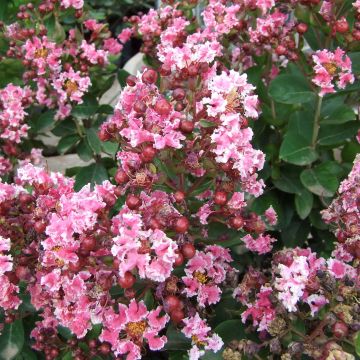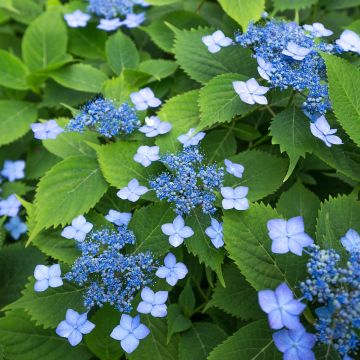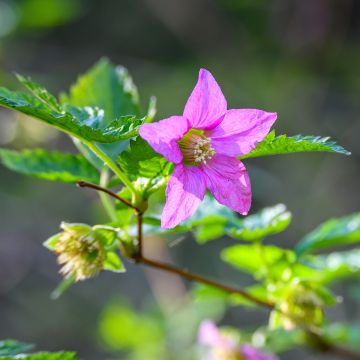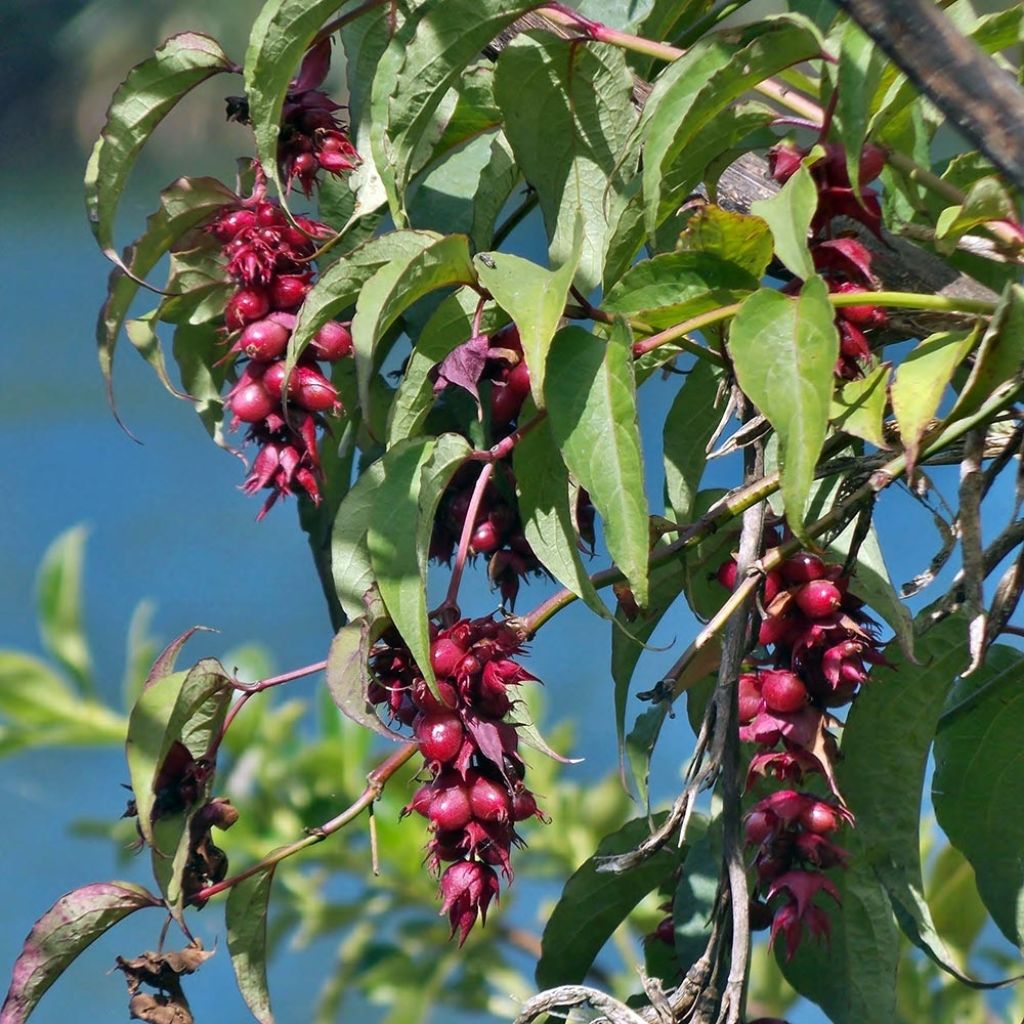

Leycesteria formosa
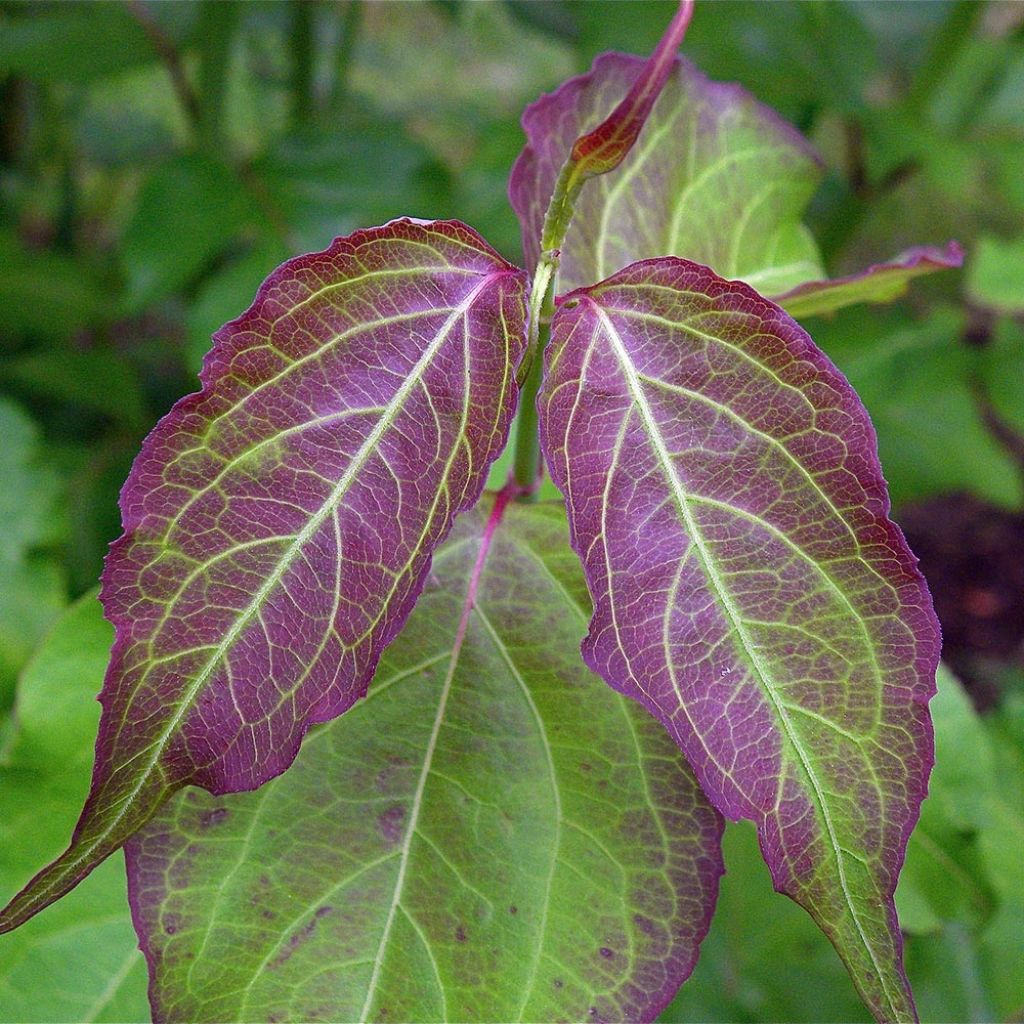

Leycesteria formosa
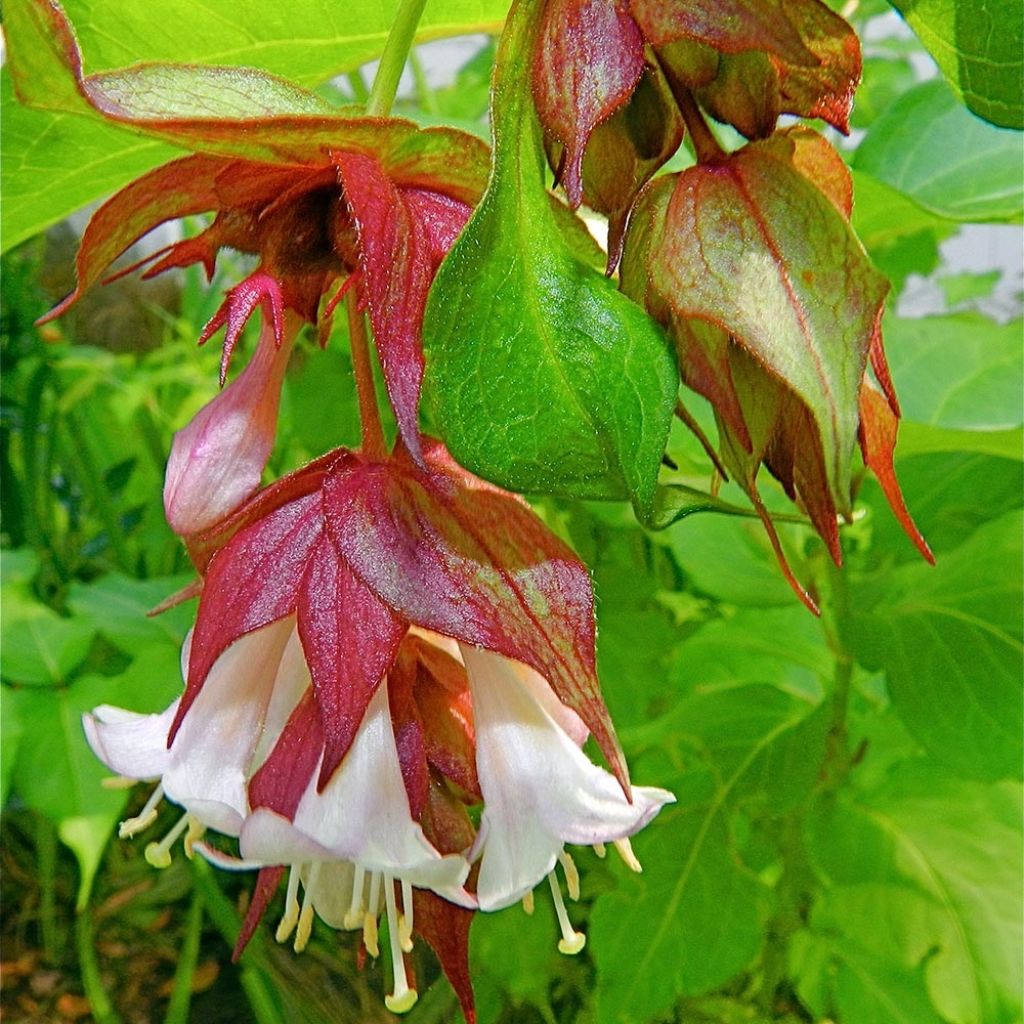

Leycesteria formosa
Leycesteria formosa
Leycesteria formosa
Himalayan Honeysuckle, Flowering Nutmeg, Pheasant Berry, Granny's Curls
Plant planted quickly, my pheasant tree is thriving. Thank you very much.
Chantal, 23/10/2024
This item cannot be shipped to the selected country
Delivery charge from €5.90
Delivery charge from €5.90
Delivery charge from €5.90
More information
Schedule delivery date,
and select date in basket
This plant carries a 24 months recovery warranty
More information
We guarantee the quality of our plants for a full growing cycle, and will replace at our expense any plant that fails to recover under normal climatic and planting conditions.
From €5.90 for pickup delivery and €6.90 for home delivery
Express home delivery from €8.90.
From €5.90 for pickup delivery and €6.90 for home delivery
Express home delivery from €8.90.
From €5.90 for pickup delivery and €6.90 for home delivery
Express home delivery from €8.90.

Does this plant fit my garden?
Set up your Plantfit profile →
Description
Leycesteria formosa, also known as the Pheasant Tree, is an ornamental bush with vertical and bushy growth and abundant flowering. From July to October, it captivates with its small white flowers carried by long purple-red spikes that are very decorative. Later, the flowers are replaced by juicy purple berries that birds love. Its semi-evergreen bluish-green foliage turns beautiful yellow-orange shades in autumn. Perfect as a flowering hedge, at the heart of a shrub bed, or even as a standalone plant!
Leycesteria, also known as the Pheasant Tree or Himalayan Honeysuckle, is a bush from the Caprifoliaceae family. Native to Asia, it owes its name to William Leycester, an English magistrate passionate about botany... and its nickname, as one can guess, to its great popularity among pheasants! It forms a medium-sized bush with an upright and bushy habit. Its rigid, hollow green branches, slightly curved at maturity, give it an attractive appearance - even in winter when they are devoid of leaves. It is fast-growing, reaching 2m (6ft 7in) in height and about 1.5m (4ft 11in) in width at maturity. Flowering occurs in late summer/early autumn. The bush is covered with small white flowers surrounded by bracts of a rich and deep purple-red, giving the bush a somewhat exotic look. Its oval leaves provide a wonderful contrast with their beautiful bluish-green colour, turning yellow-orange in autumn. Its purple fruits are spherical, shiny, and appear after flowering, from August to November. Often, the clusters are simultaneously covered with berries at their base and flowers at their tips.
Leycesteria thrives in partial shade or non-burning sun, in all types of soil (preferably fertile and well-drained); it is robust and resistant to diseases, pollution, and coastal conditions. Pruning is not obligatory, but cutting back the stems in late winter will allow your Leycesteria to thrive even more (flowers appear on the wood of the year). Beware: although appetizing, the berries are quite indigestible... it's better to leave them to the birds! It pairs beautifully with plants with purple foliage, such as the 'Harlequin' Barberry or Sand Cherry. It will find its place in a flowering hedge, at the heart of a shrub bed, or even alone alongside white or light pink shrub roses and Mexican Orange Blossom. It can also be grown in a container, but remember to bring it indoors in winter as it will be more vulnerable than when planted in the ground.
Report an error about the product description
Leycesteria formosa in pictures
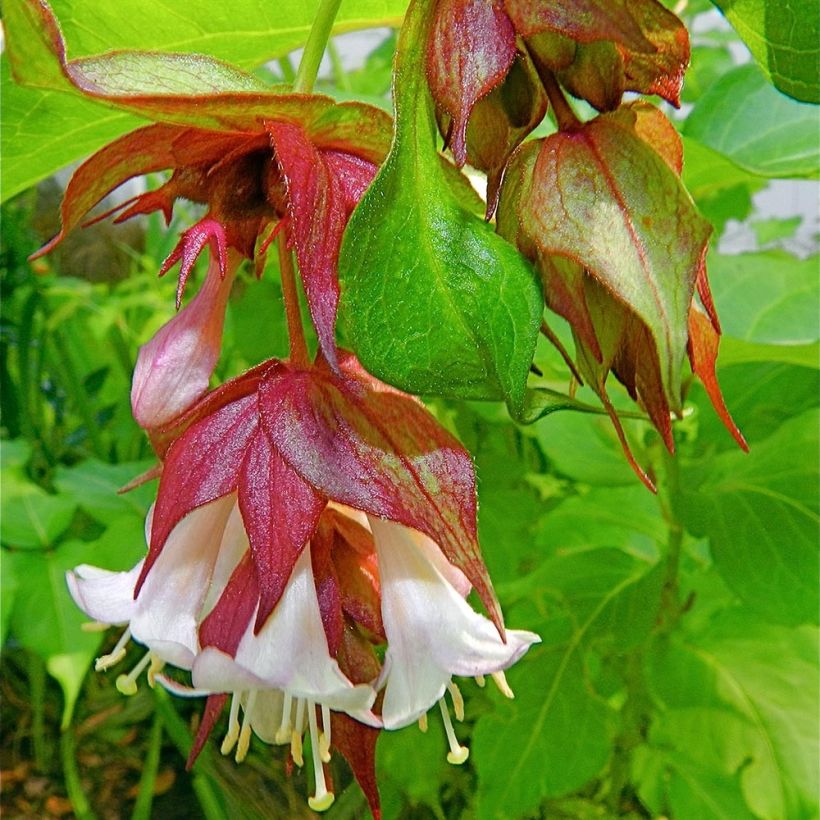

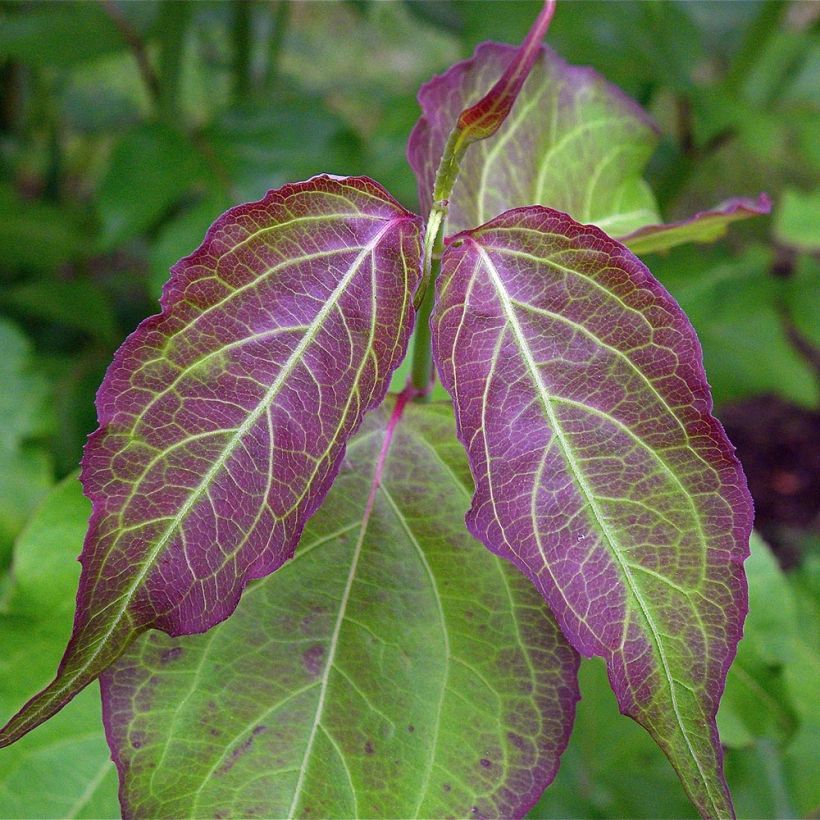

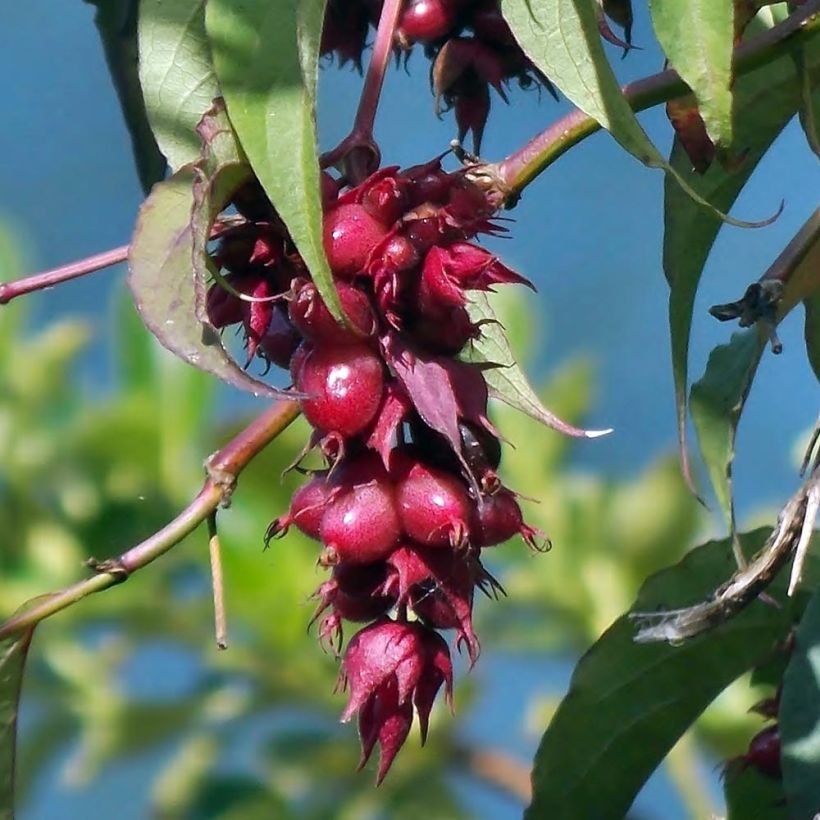

Plant habit
Flowering
Foliage
Botanical data
Leycesteria
formosa
Caprifoliaceae
Himalayan Honeysuckle, Flowering Nutmeg, Pheasant Berry, Granny's Curls
Cultivar or hybrid
Other Leycesteria - Himalayan Honeysuckle
Planting and care
Planting period
Intended location
Care
-
, onOrder confirmed
Reply from on Promesse de fleurs
Summer-flowering shrubs
Haven't found what you were looking for?
Hardiness is the lowest winter temperature a plant can endure without suffering serious damage or even dying. However, hardiness is affected by location (a sheltered area, such as a patio), protection (winter cover) and soil type (hardiness is improved by well-drained soil).

Photo Sharing Terms & Conditions
In order to encourage gardeners to interact and share their experiences, Promesse de fleurs offers various media enabling content to be uploaded onto its Site - in particular via the ‘Photo sharing’ module.
The User agrees to refrain from:
- Posting any content that is illegal, prejudicial, insulting, racist, inciteful to hatred, revisionist, contrary to public decency, that infringes on privacy or on the privacy rights of third parties, in particular the publicity rights of persons and goods, intellectual property rights, or the right to privacy.
- Submitting content on behalf of a third party;
- Impersonate the identity of a third party and/or publish any personal information about a third party;
In general, the User undertakes to refrain from any unethical behaviour.
All Content (in particular text, comments, files, images, photos, videos, creative works, etc.), which may be subject to property or intellectual property rights, image or other private rights, shall remain the property of the User, subject to the limited rights granted by the terms of the licence granted by Promesse de fleurs as stated below. Users are at liberty to publish or not to publish such Content on the Site, notably via the ‘Photo Sharing’ facility, and accept that this Content shall be made public and freely accessible, notably on the Internet.
Users further acknowledge, undertake to have ,and guarantee that they hold all necessary rights and permissions to publish such material on the Site, in particular with regard to the legislation in force pertaining to any privacy, property, intellectual property, image, or contractual rights, or rights of any other nature. By publishing such Content on the Site, Users acknowledge accepting full liability as publishers of the Content within the meaning of the law, and grant Promesse de fleurs, free of charge, an inclusive, worldwide licence for the said Content for the entire duration of its publication, including all reproduction, representation, up/downloading, displaying, performing, transmission, and storage rights.
Users also grant permission for their name to be linked to the Content and accept that this link may not always be made available.
By engaging in posting material, Users consent to their Content becoming automatically accessible on the Internet, in particular on other sites and/or blogs and/or web pages of the Promesse de fleurs site, including in particular social pages and the Promesse de fleurs catalogue.
Users may secure the removal of entrusted content free of charge by issuing a simple request via our contact form.
The flowering period indicated on our website applies to countries and regions located in USDA zone 8 (France, the United Kingdom, Ireland, the Netherlands, etc.)
It will vary according to where you live:
- In zones 9 to 10 (Italy, Spain, Greece, etc.), flowering will occur about 2 to 4 weeks earlier.
- In zones 6 to 7 (Germany, Poland, Slovenia, and lower mountainous regions), flowering will be delayed by 2 to 3 weeks.
- In zone 5 (Central Europe, Scandinavia), blooming will be delayed by 3 to 5 weeks.
In temperate climates, pruning of spring-flowering shrubs (forsythia, spireas, etc.) should be done just after flowering.
Pruning of summer-flowering shrubs (Indian Lilac, Perovskia, etc.) can be done in winter or spring.
In cold regions as well as with frost-sensitive plants, avoid pruning too early when severe frosts may still occur.
The planting period indicated on our website applies to countries and regions located in USDA zone 8 (France, United Kingdom, Ireland, Netherlands).
It will vary according to where you live:
- In Mediterranean zones (Marseille, Madrid, Milan, etc.), autumn and winter are the best planting periods.
- In continental zones (Strasbourg, Munich, Vienna, etc.), delay planting by 2 to 3 weeks in spring and bring it forward by 2 to 4 weeks in autumn.
- In mountainous regions (the Alps, Pyrenees, Carpathians, etc.), it is best to plant in late spring (May-June) or late summer (August-September).
The harvesting period indicated on our website applies to countries and regions in USDA zone 8 (France, England, Ireland, the Netherlands).
In colder areas (Scandinavia, Poland, Austria...) fruit and vegetable harvests are likely to be delayed by 3-4 weeks.
In warmer areas (Italy, Spain, Greece, etc.), harvesting will probably take place earlier, depending on weather conditions.
The sowing periods indicated on our website apply to countries and regions within USDA Zone 8 (France, UK, Ireland, Netherlands).
In colder areas (Scandinavia, Poland, Austria...), delay any outdoor sowing by 3-4 weeks, or sow under glass.
In warmer climes (Italy, Spain, Greece, etc.), bring outdoor sowing forward by a few weeks.

































